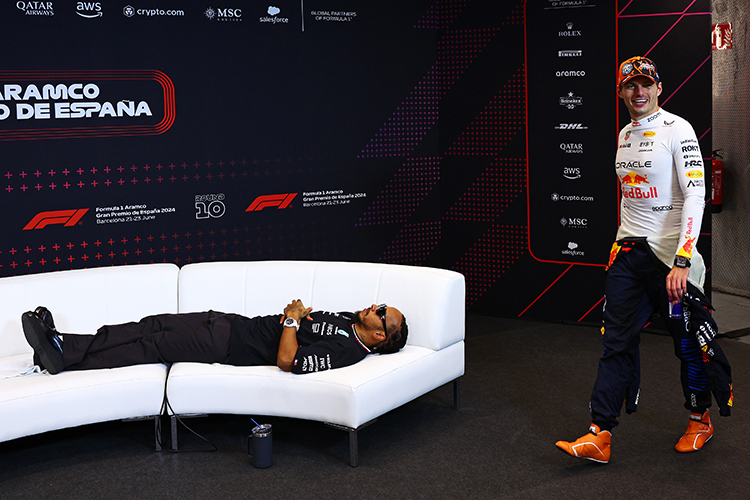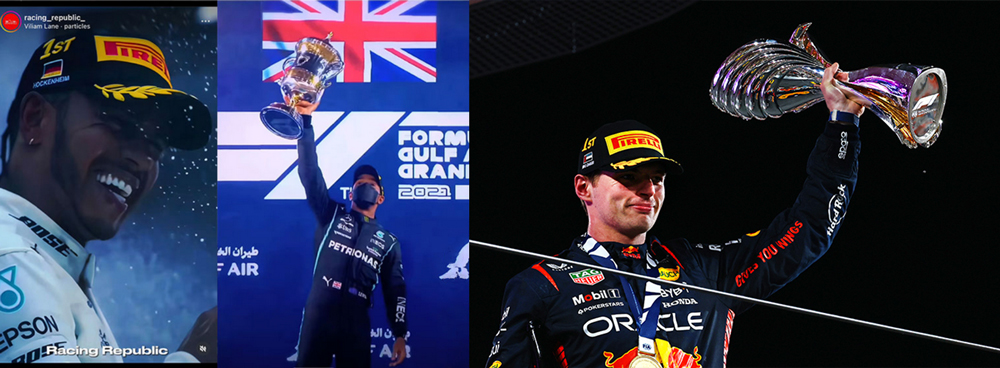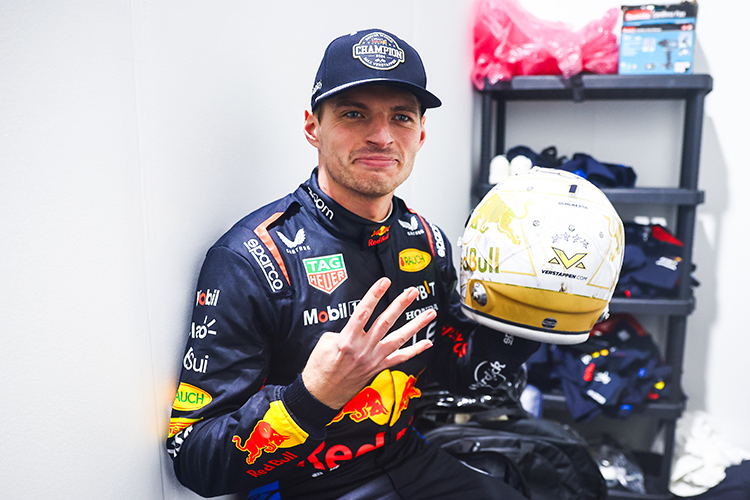Magnussen highlights struggles of ground effect cars as Lewis Hamilton faces uphill battle adapting to Ferrari in 2025 Formula 1 season
Lewis Hamilton’s adaptation to Ferrari and ground effect cars in the 2025 Formula 1 season
As the 2025 Formula 1 season gains momentum, Lewis Hamilton’s adaptation to Ferrari continues to make headlines, especially amid concerns about his struggle to master the intricacies of ground effect F1 cars 2025. Former Haas driver Kevin Magnussen believes he has identified a driving trend that helps explain why Hamilton — along with drivers like Daniel Ricciardo and himself — is facing difficulties adjusting to the current generation of Formula 1 ground effect machinery.
Challenging transition to Ferrari for Lewis Hamilton in 2025 F1 season
Hamilton, a seven-time Formula 1 World Champion and record-holder for 104 pole positions, has experienced a mixed bag of results in recent years. Following a turbulent 2024 campaign at Mercedes—highlighted by victories at Silverstone and Spa but marred by admitted lack of pace in Qatar—Hamilton made the high-profile switch to Ferrari with hopes of rejuvenating his Formula 1 career. Yet, early results suggest the transition to Ferrari’s 2025 F1 car has been far from smooth.
Hamilton’s head-to-head stats with Ferrari teammate Charles Leclerc in 2025 tell a clear story. Leclerc holds a slight advantage in points (119 to Hamilton’s 103), qualifying sessions (8-4), and podium finishes (3-0). Neither driver has secured a victory or pole position yet this season, underscoring Ferrari’s ongoing competitive challenges. Hamilton has also openly acknowledged struggles with Ferrari’s braking system, which has affected his confidence and overall car handling.
Kevin Magnussen’s observations on driving style challenges with ground effect cars
In a candid interview late in the 2024 season, Kevin Magnussen revealed that drivers with aggressive braking styles—like himself, Lewis Hamilton, and Daniel Ricciardo—have struggled more with the handling quirks of the ground effect Formula 1 cars introduced in 2022. Magnussen explained,
“I think it’s clear that Lewis is struggling. He’s been great in all the different cars he’s ever driven... These cars are very particular... On top of the cars being aerodynamically and mechanically quite particular, the tires also are a strange one.”
Magnussen, who lost his Haas seat after 2024, analyzed GPS data and driving telemetry and suggested that this aggressive style clashes with the new cars’ demands. He said, “In general terms, you have to drive [the car] like V-style a lot,” referring to a conservative technique where drivers separate braking and turning inputs. For Hamilton, this is a significant shift away from his instinctive, aggressive driving approach.
Ground effect cars represent a major technological shift in Formula 1 driving styles
Since their 2022 introduction, ground effect cars have fundamentally changed how F1 drivers approach racing. Magnussen described the cars as “very low and very stiff” with low-profile tire sidewalls, demanding a much more rigid and precise driving style compared to previous generations. “It was very open before with the old cars; you could really hustle the car back then,” he explained. With these new 2025 ground effect F1 cars, drivers must adopt a more measured, methodical approach. “You’re not as free in your driving style.”
For Hamilton, these challenges first disrupted his 2024 form at Mercedes, where teammate George Russell outqualified him 19-5. Now at Ferrari, Hamilton faces similar struggles, as Leclerc continues to lead development of the SF-25 car’s setup. Additionally, Ferrari’s decision to raise the SF-25’s ride height after a disqualification for excessive plank wear in China has not helped Hamilton’s adaptation.
Magnussen’s career moves and future outlook for Hamilton at Ferrari
While Kevin Magnussen’s Formula 1 career ended after 2024, with a move to BMW’s IMSA SportsCar and FIA World Endurance Championship programs, he seems at peace with stepping away from F1. Hamilton, however, remains under scrutiny as he fights to find consistency in his first season outside Mercedes in over a decade.
The change in driving style demanded by ground effect cars seems to be one of Hamilton’s biggest obstacles, as Magnussen’s insights suggest. Transitioning to a precise, controlled “V-style” approach is a huge adjustment for a driver who has long thrived on fluid, aggressive inputs.
With no wins or podiums so far in 2025, Hamilton faces growing pressure to deliver results and prove critics wrong about his ability to adapt to Ferrari’s unique setup challenges. Despite being one of the most decorated drivers in Formula 1 history, the ground effect era is proving that even legends like Hamilton must continuously evolve.
Magnussen’s analysis offers a revealing perspective on why Hamilton’s adaptation to Ferrari in the 2025 Formula 1 ground effect car era remains one of his toughest battles yet. While Hamilton’s natural driving instincts remain exceptional, this new chapter could redefine his competitiveness in the fast-evolving world of Formula 1.
Up Next



